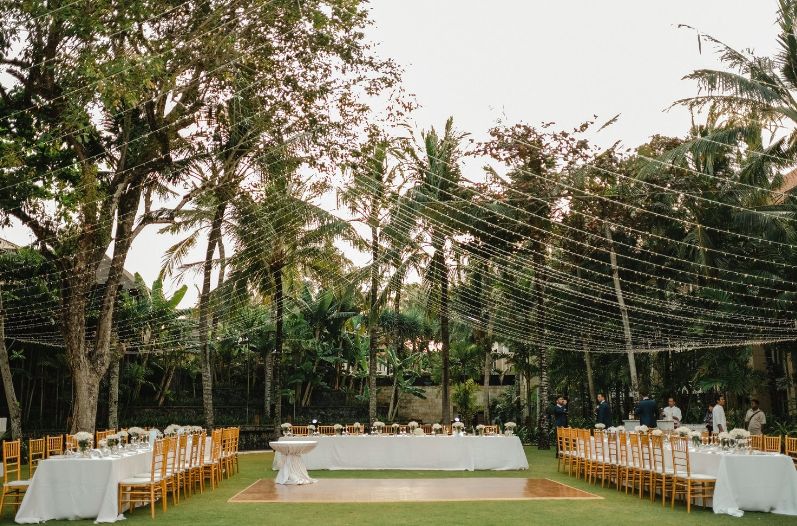Vietnam is one of Southeast Asia’s most captivating destinations, known for its rich history, breathtaking landscapes, and vibrant culture. Stretching over 1,600 kilometers from north to south, the country offers diverse experiences that range from bustling cities and ancient towns to tranquil beaches and misty mountains. For travelers eager to experience it all, a well-planned journey makes the difference. Using a Vietnam 2 weeks itinerary can help you navigate this beautiful country with confidence and ensure you don’t miss its highlights.
Why Two Weeks is the Perfect Timeframe
Vietnam’s geography is long and narrow, which makes traveling from north to south (or vice versa) a natural choice. With two weeks, you have enough time to cover major destinations like Hanoi, Ha Long Bay, Hoi An, Ho Chi Minh City, and the Mekong Delta while still leaving room for relaxation and exploration.
Traveling too quickly can make you feel rushed, but two weeks strikes the perfect balance—giving you a taste of Vietnam’s variety without being overwhelming.
Suggested Itinerary Overview
Here’s a structured way to spend your two weeks in Vietnam:
- Days 1–3: Hanoi
- Day 4–5: Ha Long Bay
- Day 6–8: Hue and Hoi An
- Day 9–11: Da Nang and surrounding areas
- Day 12–14: Ho Chi Minh City and the Mekong Delta
Each stop offers its own unique slice of Vietnamese culture, history, and natural beauty.
Days 1–3: Discovering Hanoi
Your journey begins in Vietnam’s capital city, Hanoi. This city blends old-world charm with modern energy. Spend your first days exploring the Old Quarter, where narrow streets are packed with vendors, traditional shops, and delicious street food.
Don’t miss:
- Hoan Kiem Lake: A peaceful landmark at the city’s center.
- Temple of Literature: A historic site dedicated to Confucius and scholars.
- Ho Chi Minh Mausoleum: An important cultural and political landmark.
Evenings in Hanoi are perfect for enjoying a bowl of steaming pho or trying local egg coffee at a café.
Days 4–5: Cruising Ha Long Bay
Just a few hours from Hanoi lies Ha Long Bay, a UNESCO World Heritage Site famous for its emerald waters and limestone karsts. A two-day cruise is the best way to soak in the scenery, explore hidden caves, and even try kayaking.
The overnight experience on a boat allows you to witness sunrise over the bay—a moment that stays etched in memory.
Days 6–8: Hue and Hoi An
Fly or take a train south to Hue, the former imperial capital. Here you can explore the Imperial City, a sprawling complex of palaces, temples, and gardens.
From Hue, drive through the stunning Hai Van Pass to Hoi An, a town that feels like a living museum. Known for its lantern-lit streets and preserved architecture, Hoi An is a must-visit.
Highlights include:
- Hoi An Ancient Town: A UNESCO World Heritage Site.
- Japanese Covered Bridge: A symbol of the town’s heritage.
- Tailor shops: Get custom-made clothing in just a few days.
Hoi An is also famous for its cooking classes and cycling trips to nearby rice paddies.
Days 9–11: Da Nang and Surroundings
Da Nang, just a short drive from Hoi An, offers modern vibes and beautiful beaches. Spend a day exploring the Marble Mountains and visiting the Dragon Bridge.
For nature lovers, a side trip to Ba Na Hills is worthwhile, especially to see the Golden Bridge held up by giant stone hands. Alternatively, you can relax on My Khe Beach or take a motorbike trip along scenic coastal roads.
Days 12–14: Ho Chi Minh City and Mekong Delta
End your trip in southern Vietnam, starting with Ho Chi Minh City (formerly Saigon). It’s a bustling metropolis where skyscrapers rise above French colonial landmarks.
Places to visit:
- War Remnants Museum: Offering insight into Vietnam’s modern history.
- Notre Dame Cathedral and Central Post Office: Architectural gems from the colonial era.
- Ben Thanh Market: Ideal for shopping and local food.
From the city, take a day trip to the Mekong Delta, known as the “rice bowl of Vietnam.” Glide through canals on wooden boats, visit floating markets, and experience rural life.
Travel Tips for Vietnam
To make the most of your two-week adventure, keep these practical tips in mind:
- Visa Requirements: Check the latest entry regulations before you travel.
- Transportation: Trains, domestic flights, and buses are efficient ways to move between cities.
- Currency: The Vietnamese Dong (VND) is the local currency—cash is more widely used than cards.
- Food Safety: Street food is delicious but stick to busy vendors where the food is freshly prepared.
- Cultural Etiquette: Dress modestly when visiting temples and be respectful when taking photos of locals.
Off-the-Beaten-Path Suggestions
If time allows, you can also add unique destinations like:
- Sapa: Trek through terraced rice fields and meet ethnic minority groups in northern Vietnam.
- Phong Nha-Ke Bang National Park: Explore some of the world’s largest caves.
- Phu Quoc Island: Relax on pristine beaches at the end of your journey.
These additions can make your trip even more personalized and memorable.
Conclusion
Vietnam is a country that captivates at every turn, offering a balance of cultural depth, natural wonders, and unforgettable culinary experiences. A thoughtfully structured Vietnam 2 weeks itinerary allows travelers to witness the highlights of the north, central, and south without feeling rushed.
From the serene beauty of Ha Long Bay to the lantern-lit charm of Hoi An, the bustling streets of Ho Chi Minh City, and the peaceful waterways of the Mekong Delta, every stop tells a story. Two weeks in Vietnam promises not only a journey across a country but also an immersion into its soul.



